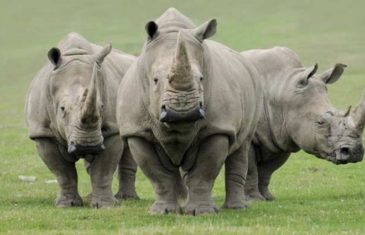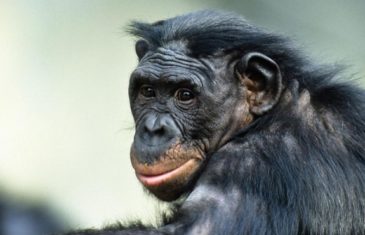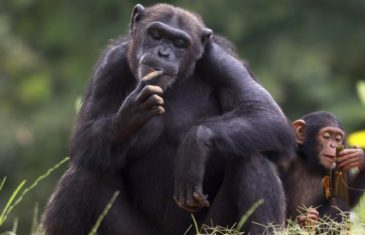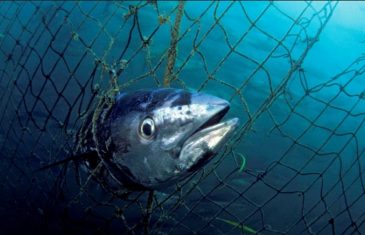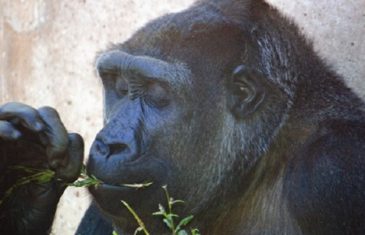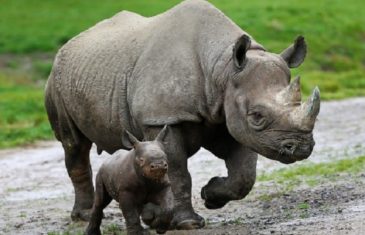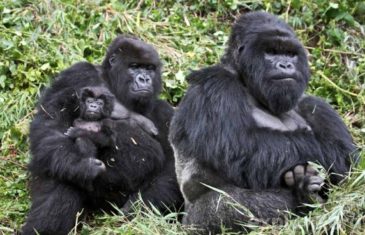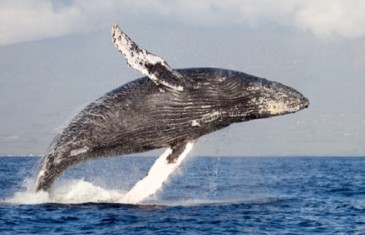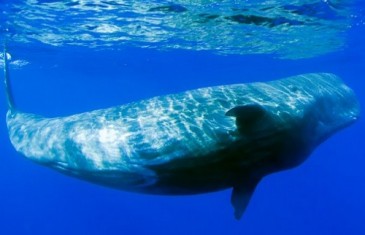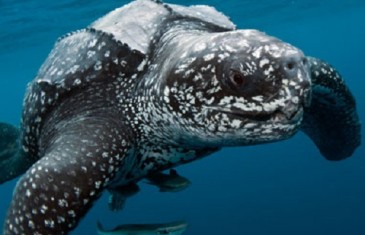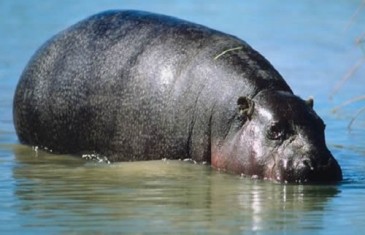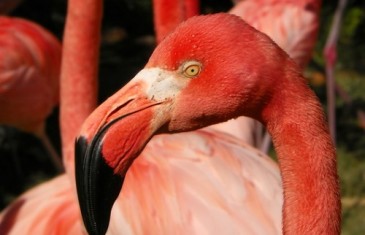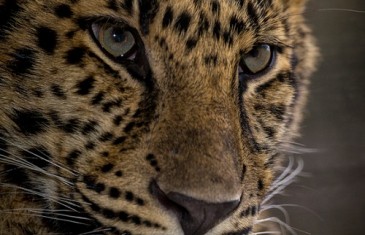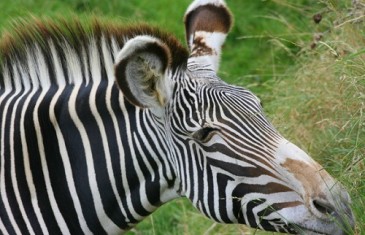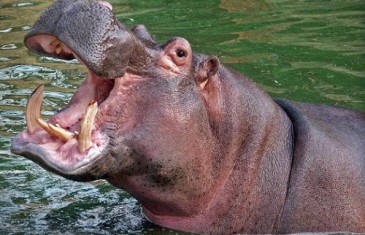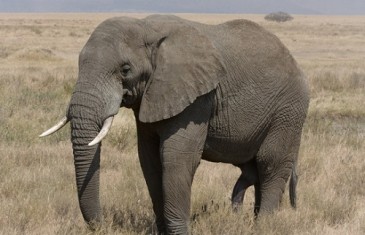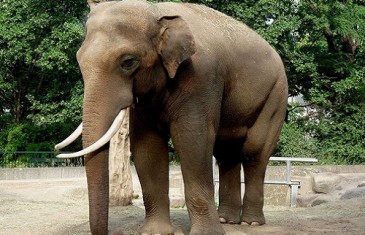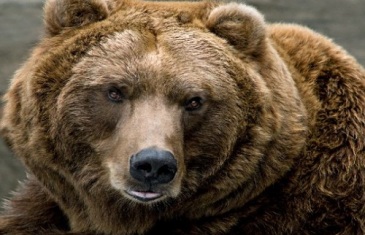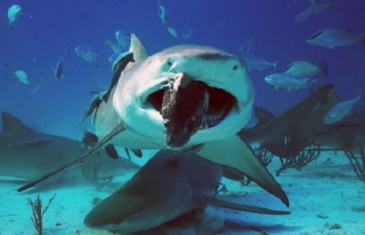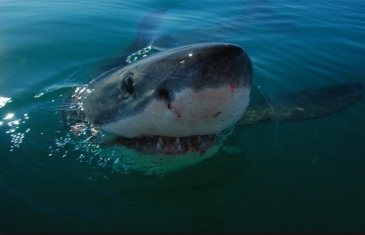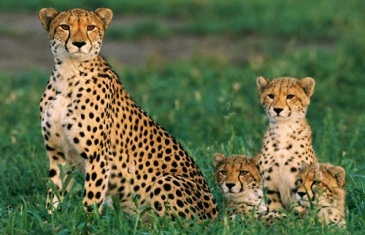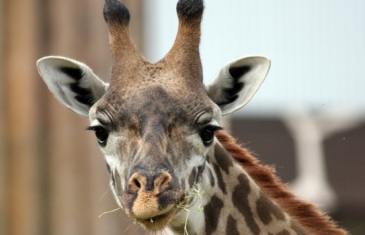Did you know? There are only 3 Northern white rhinos left in the world. They live in a private sanctuary in Kenya. One of them is a male and two are female. Neither female is capable of natural reproduction. There are two subspecies of the White Rhino; the Northern white rhino which is and extinct […]
Read moreInteresting Facts The last common ancestor of today’s apes and humans lived about 18 million years ago. Humans and Pan (chimps and bonobos) diverged 5 to 8 million years ago. One explanation for the genetic separation between bonobos and is the formation of the Congo River about 1.5 million years ago which divided the population preventing […]
Read moreInteresting Facts Genetic studies show that chimpanzees and humans share a common ancestor and 98% of genes. Because we are so similar chimpanzees get many infectious diseases that humans get. Chimps belong to the group of greater apes along with gorillas, bonobos and . They are stronger than humans because of the way neurons activate […]
Read moreInteresting Facts The Hawsksbill Sea Turtle is the most endangered of all the turtle species. Its population has declined over 80% in a century. One of the most important reasons for the global decline of the Hawksbill Sea Turtle has been the high demand for its richly patterned shell. It is used in a variety […]
Read moreInteresting Facts Tokyo Tsukiji Market is the largest wholesale market of Southern blue fish tuna. In 2013 a 222 kl tuna was sold for $1.8 million or $8,000 a kilogram. This species was previously considered as a subspecies of the or the Recreational and game fishers of Southern Bluefin Tuna is allowed in Australia and […]
Read moreInteresting Facts about Gorillas Gorillas develop twice as fast as humans. Gorillas share 95% of our human genome. A group of gorillas is called troop. The Western Lowland Gorilla is the subspecies that is often found in zoos. American zoologist George B. Schaller was the first scientist to study and observe gorillas. He published […]
Read moreKingdom Phylum Class Order Family Genus Species Animalia Chordata Mammalia Perissodactyla Rhinocerotidae Diceros D. bicornis o o Conservation The IUCN Red List of Threatened Species lists the Black Rhino as Critically Endangered. The species is listed on CITES Appendix I. International trade in Black Rhinos and their products is prohibited. Fun Facts about Rhinos […]
Read moreInteresting Facts about Gorillas Gorillas are our closest relatives. They share 98% of our genome. American zoologist George B. Schaller was the first scientist to study and observed gorillas. He published his findings in his book “The Mountain Gorilla: Ecology and Behavior” Taxonomy Kingdom: Animalia Phylum: Chordata Class: Mammalia Order Primates Suborder: Haplorhini Family: […]
Read moreo o Name Scientific name: Megaptera novaenanglia. Megaptera is derived from the Greek mega for “large” and pteron for “wing”. Novaeangliae for New England where the humpback was first described scientifically. Common name: Humpback whale, hump whale, hunchbacked whale. Conservation Status The humpback whale is listed as Least Concern by the IUCN. Its status was […]
Read moreName Common name: Sperm Whale, Spermacet Whale, Cachelot, Pot Whale. “Spermaceti”, the organ in the head of the whale which contains an oily liquid once believed to be sperm. Scientific name: Physeter macrocephalus. Physeter is derived from the Greek word for “blowpipe or blowhole” Macrocephalus is derived from Greek meaning “big head”. Conservation Status […]
Read moreo o Name Common name: Leatherback, Leatherback Sea Turtle, Leathery Turtle, Trunkback Turtle, Coffinback, Luth. Scientific name: Dermochelys coriacea Conservation Status by Subpopulations East Pacific Ocean subpopulation: Critically Endangered. Nesting females and nests declined by 97.4% during the past three generations. Northeast Indian Ocean subpopulation: Data Deficient. There is insufficient reliable trend data of […]
Read moreTaxonomy Kingdom: Animal Phylum: Chordata Class: Mammalia Order: Artiodactyla Family: Hippopotamidae Genus: Choeropsis Species: Choeropsis liberiensis o o 0 Population The IUCN estimates a population of less than 3,000 individuals with a projected decline of 20% over the next 20 years. Name Scientific name: Hexaprotodon liberiensis or Choeropsis liberiensis. Choeropsis from the Greek “having the […]
Read moreo o Population and Conservation Status Chilean flamingo (Phoenicopterus chilensis) – Near Threatened. The Chilean flamingo breeds erratically and irregularly. The IUCN estimates a total population of 300,000 individuals. Caribbean flamingo (Phoenicopterus ruber ruber) – Least Concern. This species has a large range with an increasing population. Lesser flamingo (Phoeniconaias minor) – Near Threatened. Decreasing […]
Read moreTaxonomy Kingdom Phylum Class Order Family Genus Species Animalia Chordata Mammalia Carnivora Felidae Panthera Panthera pardus o o Name Scientific name: Panthera pardus. Panthera is derived from the Latin word panthera or the Greek word panther meaning “panther, leopard”. Pardus is derived from the Latin pardus or from the Greek pardos meaning “male panther”. Common […]
Read moreName Scientific name: Equus grevyi. The word equus is from the Latin word for “horse”. This species was named Grevyi after Jules Grèvy, president of the Third Republic of France in the late 18th century who was given one of these zebras as a gift in 1882. Common name: Grevy’s zebra, Imperial zebra. The word […]
Read moreTaxonomy Kingdom: Animalia Phylum: Chordata Class: Mammalia Order: Artiodactyla Family: Hippopotamidae Genus: Hippopotamus Species: Hippopotamus amphibious 0 0 Name Common name: Common hippopotamus, river hippopotamus, Nile Hippopotamus, large hippo. Scientific name: Hippopotamus amphibious. Hippos from the Greek word “horse”, potamos from the Greek “river or rushing water”. Physical Features The common or river hippopotamus is […]
Read moreName Common name: African Scientific name: Loxodonta africana Physical Features African elephants are the largest and heaviest on earth. They have larger ears than the and they are shaped like the continent of Africa. Each ear can measure 4 ft or 1.2 m across. Their large ears are used to control their body temperature. They […]
Read moreTaxonomy Kingdom Phylum Class Order Family Genera Animalia Chordata Mammal Proboscidea Elephantidae Loxodonta Elephas 0 0 Distribution and Habitat There are two subspecies of elephants: and Asian elephant (Eliphas maximus). are distributed throughout sub-Saharan Africa and found in 37 countries. Asian elephants are found throughout South Asia and Southeast Asia. Elephants need a vast habitat […]
Read moreTaxonomy 0 Kingdom Phylum Class Order Family Genus Species Animalia Chordata Mammalia Carnivora Ursidae Ursus Ursus arctos 0 Name Common name: Brown bear, grizzly, grizzly bear. Scientific name: Ursus arctos. Distribution The brown bear has a circumpolar distribution historically covering most of North America, northern Asia, Europe, the Atlas Mountains of North Africa […]
Read more0 Taxonomy Kingdom: Animalia Phylum: Chordata Class: Chondrichthyes Order: Carcharhiniformes Family: Carcharhinidae Genus: Negaprion Species: Negaprion brevirostris 0 Name Scientific Name: Negaprion brevirostris. Common Name: Lemon shark. Distribution and Habitat They inhabit the coastal inshore waters of the northwest Atlantic Ocean from the coast of the state of New Jersey to Southern Brazil, the Caribbean […]
Read more0 Taxonomy Kingdom: Animalia Phylum: Chordata Class: Chondrichthyes Order: Lamniformes Family: Lamnidae Genus: Carcharodon Species: Carcharodon carcharias Name Common name: Great white shark, white shark, white pointer or great white. Scientific name: Carcharodon carcharias. 0 Physical Features The white shark has a dorsal fin on top of its body, two pectoral fins at the bottom […]
Read more0 Taxonomy Family: Animalia Phylum: Chordata Class: Reptilia Order: Testudines Family: Cheloniidae Genus: Chelonia Species: Chelonia mydas 0 Name Scientific name: Chelonia mydas Common name: Green turtle, green sea turtle, black sea turtle. Habitat and Distribution Its habitat extends throughout tropical and subtropical seas. They stay along the coast and islands between 30 degrees north and […]
Read more0 Taxonomy Kingdom: Animalia Phylum: Chordata Class: Mammalia Order: Carnivora Family: Felidae Genus: Acinonyx Species: Acinonyx Jubatus 0 Name Common name: Cheetah, hunting leopard. Scientific name: Acinonyx Jubatus. Physical Features Cheetahs have coarse short tan fur with black one inch black spots that serve as camouflage. They are distinguished from other big cats by their smaller size, spotted […]
Read moreTaxonomy Kingdom: Animalia Phylum: Chordata Class: Mammalia Order: Cetacea Suborder: Odontoceti Family: Delphinidae, Inidae, Lipotidae, Plantanstidae, Pontoporiidae. 0 0 Distribution and Habitat There are 42 species of dolphins found around the world. Of those, 38 are marine dolphins and 4 are river dolphins. Dolphins are found worldwide and thrive in shallow seas where weather is […]
Read more0 Taxonomy Kingdom: Animalia Phylum: Chordata Class: Mammalia Order: Artiodactyla Family: Giraffidae Genus: Giraffa Species: Giraffa camelopardalis Name Common name: Giraffe. The name giraffe comes from the Arabic “zarafa” which means fast walker. Scientific name: Giraffa camelopardalis 0 Distribution and Habitat Their habitat extends from Chad in the north to South Africa in the south and […]
Read more